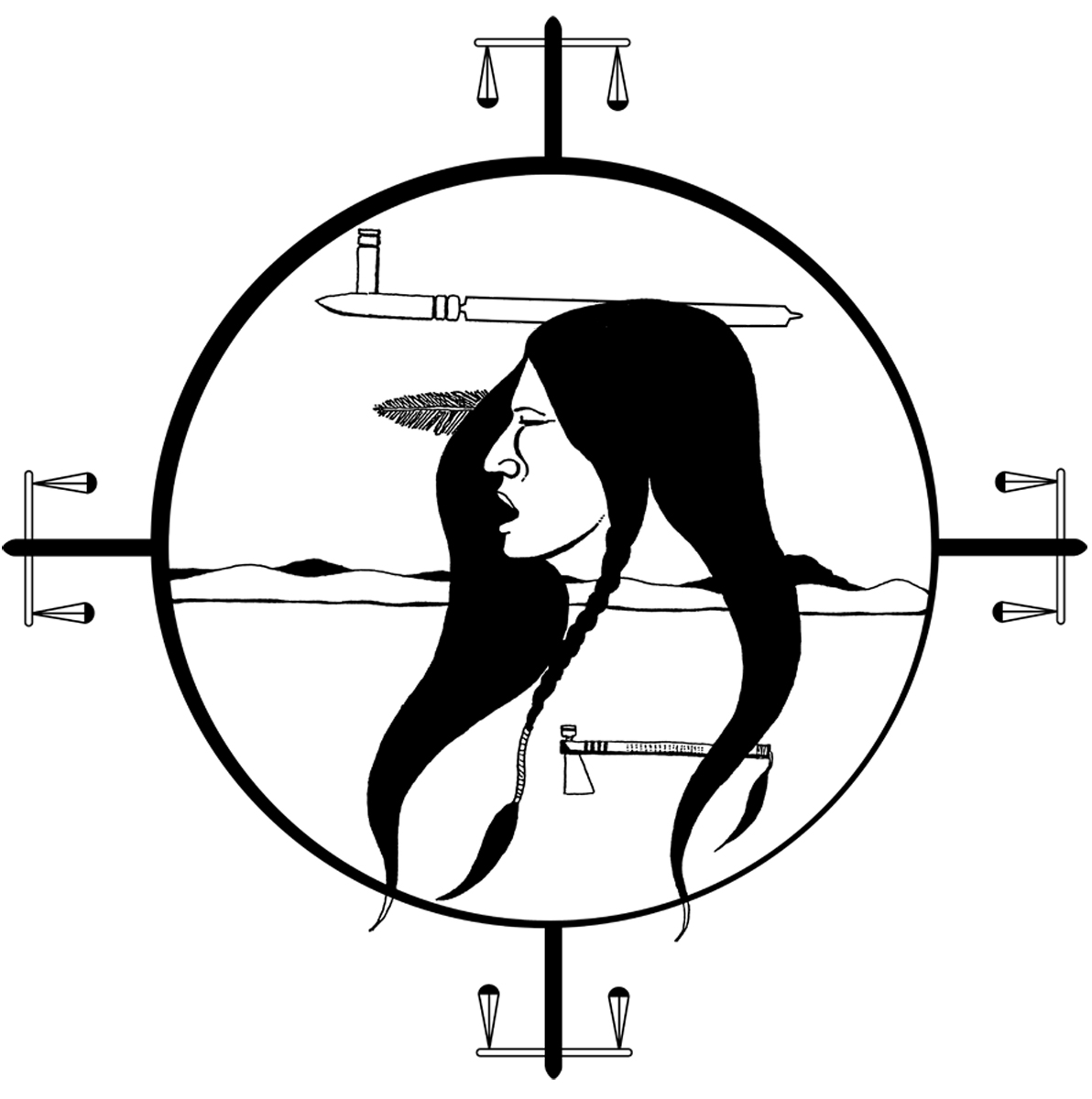Hamilton Health Sciences Corp v DH
The Ontario Court of Justice released a decision on April 24, 2015 in <a href="http://www.canlii.org/en/on/oncj/doc/2015/2015oncj229/2015oncj229.html" title="Hamilton Health Sciences Corp. v. D.H."><i>Hamilton Health Sciences Corp. v. D.H.</i></a>, allowing a motion from the Attorney General of Ontario to endorse a joint submission of all parties and amend its <a href="http://www.usask.ca/nativelaw/news/2014/hamilton-health-sciences-corp.-v.-d.h.-.php" title="Hamilton Health Sciences Corp. v. D.H.">previously released reasons for judgment</a>.
Background
In its earlier decision, the Court of Justice rejected an application for an order that an 11-year-old girl from the Six Nations of Grand River, J.J., was a child in need of protection after her mother decided to discontinue her chemotherapy treatment for acute lymphoblastic leukemia in favour of pursuing traditional Haudenosaunee medicine. The Court held that J.J.’s mother was exercising an Aboriginal right to pursue traditional medicine and it did not find that J.J. was a child in need of protection.
After repeatedly asking for the deadline to appeal this decision to be extended while the parties to this proceeding negotiated a settlement of the matter, the Attorney General of Ontario brought a motion for the Ontario Court of Justice to endorse a joint submission of all parties and amend its earlier reasons for judgment. The joint submission set out agreed upon text for a two paragraph amendment to clarify those reasons.
Court’s decision
The Court held that it had the legal authority to revisit its earlier reasons on the basis that it had not signed any formal order embodying its decision. The question then became whether the proposed amendment would do “mischief” to its earlier reasons.
Among other things, the amendment proposed by the parties was directed at clarifying that: “recognition and implementation of the right to use traditional medicines must remain consistent with the principle that the best interests of the child remain paramount”; the Aboriginal right to use traditional medicines must be respected and considered, “among other factors, in any analysis of the best interests of the child, and whether the child is in need of protection”; and the Haudenosaunee have both an Aboriginal right to use their own traditional medicines and health practices and “the same right as other people in Ontario to use the medicines and health practices available to those people”, consistent with the aspirations of article 24 of the United Nations Declaration on the Rights of Indigenous Peoples.
In determining whether such an amendment would do mischief to its earlier reasons, the Court recalled testimony from trial supporting the view that “regardless of what this court said or did, or anyone else for that matter, what was paramount for [J.J.’s] mother was what was in her daughter’s best interests”. The Court also noted that one of the core tenets in Haudenosaunee and other Aboriginal cultures was the “ultimate respect accorded to their children”, which “are considered gifts from the Creator”. Considering both the facts of the case as expressed by J.J.’s mother and the history as it related to Aboriginal peoples, the Court held that it would do no mischief to its earlier decision to recognize that consideration of “the best interests of the child remains paramount”.
The Court also noted that while there were many calls for the Attorney General of Ontario to pursue an appeal in relation to its earlier reasons for judgment, the Attorney General instead chose to engage in a dialogue with the parties that “ultimately led to an approach that spoke more to what joins us as opposed to what separates us”. The joint submission also referenced how the Province and J.J.’s family worked collaboratively to form a health care team to bring the best both had to offer to J.J.’s ongoing treatment. The Court held that “[t]his approach recognize[d] the province’s acceptance of the family’s right to practice traditional medicine and the family’s acceptance of western medicine [would] most certainly help their daughter”. The Court further held that such an approach was reflected in article 24 of the United Nations Declaration on the Rights of Indigenous Peoples, which states in part that Indigenous peoples have “the right to their traditional medicines and to maintain their health practices” and “Indigenous individuals also have the right to access, without any discrimination, to all social and health services”.
The Court endorsed the joint submission and ordered that the paragraphs proposed in that submission be added as an amendment to its earlier reasons for judgment.
